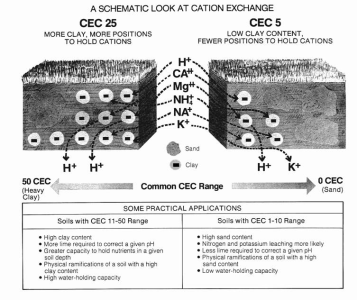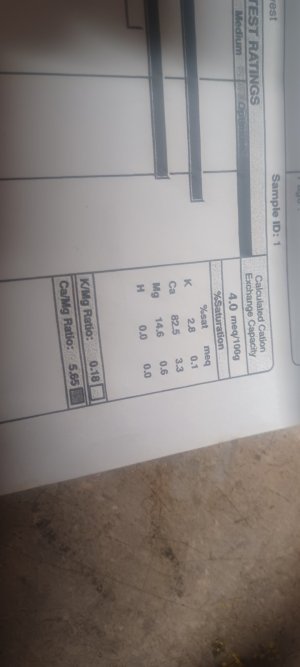SD51555
5 year old buck +
Not a conspiracy at all. Intervention begets more intervention. It's perfect ecosystem, much like the synergy between food and drugs. You can't eat common american food without drugs. Drugs make it possible to eat common american food.When I was a kid we farmed soybeans, corn and cotton. Never fertilized the soybeans and can’t remember fertilizing the cotton and corn other than side dressing. Dad NEVER took soil samples, probably never heard of them. The big worry was how many bushels per acre or bales per acre would we harvest and keeping the cost down. We survived and had pretty decent harvests.
I just wonder if all the hype about fertilizer and lime is coming from the corporate side? Those guys need to sell their product to stay in business. “Why not create a culture that thinks they need our product by suggesting they do soil sampling which will show them they need to put down fertilizer and lime?” I know this sounds like conspiracy theory and you are right. BUT?
Crop interventions are the same way. If you start using enough of them, you have to use the rest of them to keep it going or you just run into another problem.




